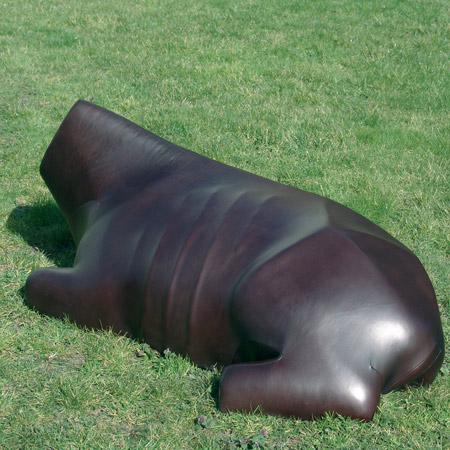
Design Miami/Basel 2008: Designers of the Future winners
Four winners of the Designers of the Future prize 2008 have been announced: Julia Lohmann, Max Lamb, Martino Gamper and Kram/Weisshaar .
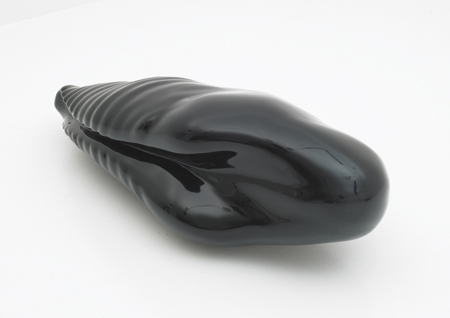
Each of the winners will exhibit a specially commissioned piece made from concrete and wool at Design Miami/Basel in June. Here's a selection of previous work for which the designers were nominated, followed by a press release from Design Miami/Basel:
Top image: Antonia Cowbench by Julia Lohmann. Above: Tabouret Lasting Void by Julia Lohmann. Image © Fabrice Gousset, courtesy Galerie Kreo
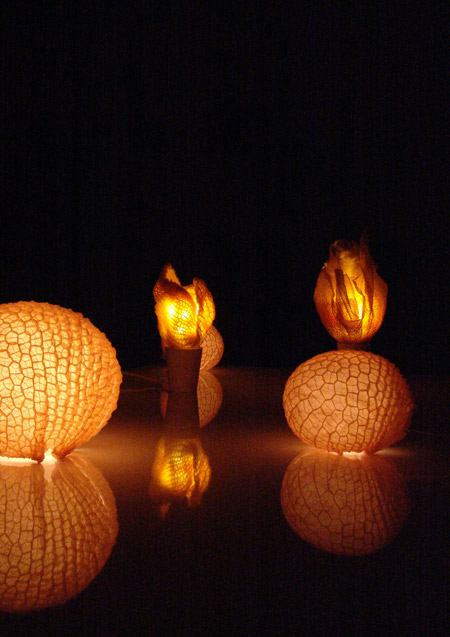
Above: Ruminant Blooms by Julia Lohmann. Image © Natasa Trifunovic
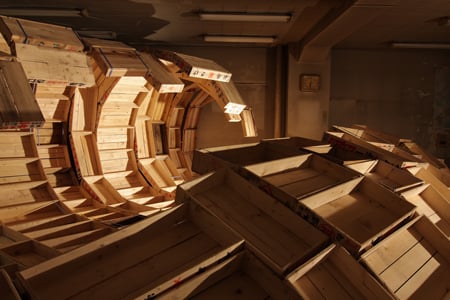
Above: The Catch by Julia Lohmann. Image © Yoshisato Komaki

Above: Polychair by Max Lamb
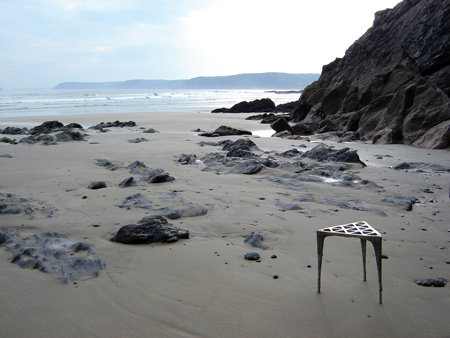
Above: Pewter stool by Max Lamb
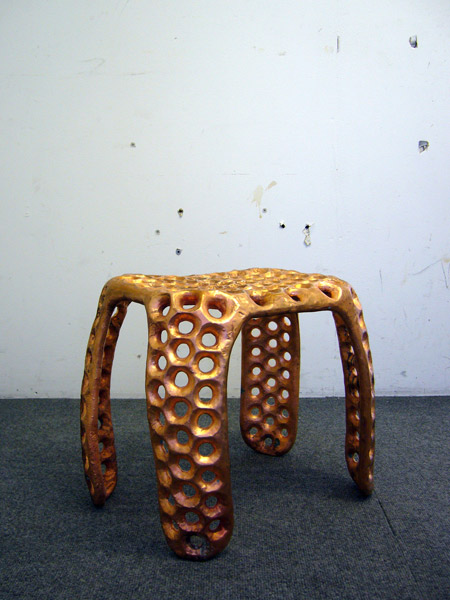
Above: Nanocrystalline Copper stool by Max Lamb
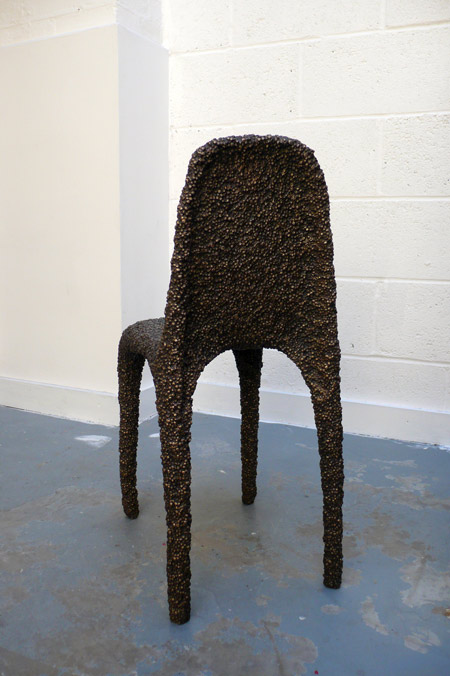
Above: Bronze Poly chair by Max Lamb
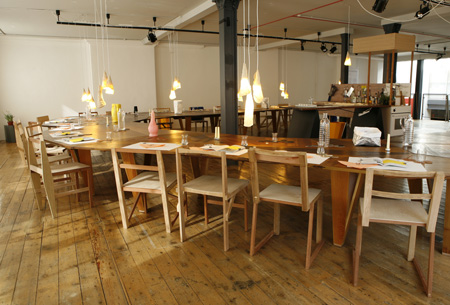
Above: Total Trattoria by Martino Gamper
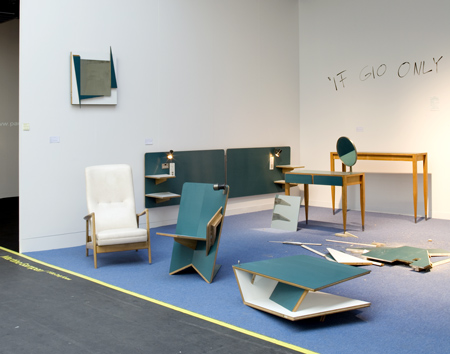
Above: If Only Gio Knew by Martino Gamper at Miami/Basel last June
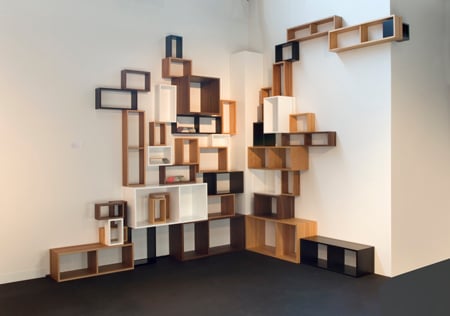
Above: Together Bookcase by Martino Gamper, image courtesy Nilufar gallery
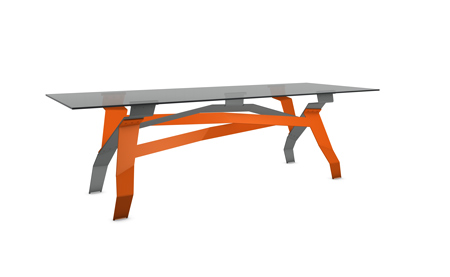
Above and below: Breeding tables by Kram/Weisshaar
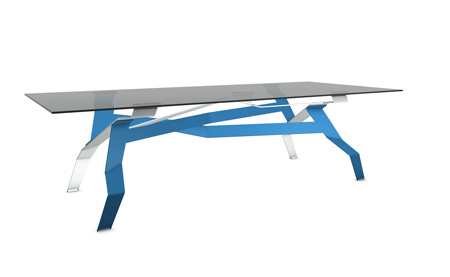
Design Miami/ Basel to honour four young creatives with the 2008 “Designers of the Future Award,” reflecting the variety of approaches and styles in new design today
Award winners Martino Gamper, Max Lamb, Julia Lohmann and the partnership of Clemens Weisshaar & Reed Kram will debut new work commissioned for Design Miami/ Basel, in Basel, Switzerland, June 3 – 5, 2008
Miami, FL and Basel, Switzerland - Design Miami/ Basel, the most prominent and substantive global forum for historic and contemporary limited-edition design, has named Martino Gamper, Max Lamb, Julia Lohmann, and Clemens Weisshaar & Reed Kram as its 2008 Designers of the Future. To acknowledge this award, each designer/collective will create a new object, installation, or series using concrete and wool, supplementing their work with a short video of his/her creative process. The new work and video will be exhibited at Design Miami/ Basel, which will take place at the Markthalle Basel, Viaduktstrasse 10, Basel, Switzerland from June 3 – 5, 2008.
The decision to showcase more than one young creative person or collective within a single year was made after taking into consideration the tremendous energy in contemporary design, a field which encompasses a vast variety of compelling approaches and styles. With this award, Design Miami/ Basel demonstrates its commitment to experimental, limited edition and non-industrial design and seeks to reward creativity expressed through new forms, new processes, and new design philosophies. By honoring more than one person or collective at a time, it seeks to provide a more complete picture of where design practice is heading.
Each of the winning designers was asked by Design Miami/ to create an original piece that combines two diametrically opposed materials: concrete and wool. The constraints on each designer were identical—materials, budget and height (no higher than 3 meters). This new work will be exhibited at Design Miami/ Basel.
Concrete reflects the site of Design Miami/ Basel—the Markthalle Basel, a Brutalist dome of reinforced concrete built in 1928. The material has played an essential role in design history, used by both Modernists and Postmodernists alike, although to different ends, and is still popular among young designers today. The designers are not restricted to basic limestone cement, but are free to use any sort of composite material that falls under the ‘concrete’ umbrella.
With the resurgence of craft processes in contemporary design, wool in its many forms has gained a renewed vitality. Many young designers choose to work with some form of wool, either as thread or felt, in crochet or retro-inspired upholstery. It responds well to dyes and can take on deep, jewel-like tones. It has the ability to feel classic and conservative or edgy and progressive. The Designers of the Future are presented the challenge to approach this material in a new way, indicative of their individual approaches and styles.
In addition to creating new work, the Designers of the Future will digitally record their creative processes in order to produce a video that can be shown as part of the exhibition at the Markthalle. Design Miami values the process behind the creation of great design and sees video as one of the best ways to communicate process, contributing greatly to any design exhibition.
The award gives the recipient the unique opportunity to exhibit alongside the most reputable designers and design galleries in the world, giving them high visibility and immediate access to the most influential members of the international design community.
About the Designers of the Future
Julia Lohmann
Born in Hildesheim, Germany, Julia Lohmann became interested in design on childhood walks with her father, on which they collected abandoned objects to create small figurines of strange, imaginative creatures. This dual interest in both the natural world and overlooked items led her to investigate the contradictions in our relationship to animals as sources of food and materials. By working with offal, off-cuts of leather and other meat industry waste products, she probes those contradictions while “giving value to leftovers.” In “Flock” and “Ruminant Bloom,” sheep stomachs are used to create glowing lighting fixtures. Her most recent work, the result of a three-month residency in Japan, is “The Catch.” Created from a vast, ‘ocean’ of used empty fish boxes that are arranged in the towering waves of a stormy sea, this work confronts visitors with the consequences of over-fishing and the heedless consumption of marine life.
After graduating in Graphic Design from the Surrey Institute in 2001, Lohmann studied Design Products at the Royal College of Art, London, earning her MA in 2004. That same year, she exhibited in the inaugural Design Mart exhibition at the Design Museum, London. She was one of five featured designers to be awarded a bursary by the Esmée Fairbairn Foundation and to participate in the 2005 Great Brits exhibition, presented at Paul Smith headquarters in Milan and organized by the Design Museum, London and the British Council. Her work has since been commissioned by the French National Art Collection, Galerie KREO in Paris and the droog® design group. Her Cowbenches have been acquired by the permanent collections of MOMA (New York) and the British Council.
Max Lamb
“Inspiration grows from my desire to explore and re-contextualize both traditional and unconventional materials, celebrating their inherent properties and exploiting their potential,” says Max Lamb. Based in London, Lamb blends experimentation and rationale to create furniture and products that possess a visual simplicity capable of communicating the obvious. His fascination with the ‘handmade’ and zest for Britain’s industrial heritage is explored in his ongoing project “Exercises in Seating.”
Lamb aims to produce objects that are both inspired and inspiring, and stimulate positive interaction between product and user. Honesty to material and communication of process are key to Lamb’s intent. Most recently, he has been focused on exploring the implications of the dissolution of local skill-based industries when confronted with rising high-tech processes.
A native of St. Austell, Cornwall, Lamb earned a degree in Three Dimensional Design from Northumbria University in 2003. In the same year he was awarded the Hettich International Design Award and the Peter Walker Award for Innovation in Furniture Design. Lamb worked as a design consultant for Ou Baholyodhin Studio in London, designing furniture, graphics, exhibitions and private domestic interiors. In 2006, he completed his Masters Degree in Design Products at the Royal College of Art, developing a concise, process driven approach to design. After a year designing for Tom Dixon Studio, Lamb established his own practice and currently teaches on the Industrial Design course at ECAL/University of Art and Design Lausanne.
Martino Gamper
London-based designer Martino Gamper creates situations that include materials, techniques, individuals and spaces, and which favor meetings and discussion. Known for reworking furniture that he has found discarded on the street, his interest in the psychosocial implications of furnishings translates in his reuse of unwanted objects to create a disparate family of objects, sit-specific installations and special events. Last year at Design Miami/ Basel, Gamper performed “If Only Gio Knew,” during which he deconstructed vintage Gio Ponti chairs, using the resultant raw materials to create his own designs in front of a live audience as part of the “Performance/Process” series.
Born in Italy, Gamper studied sculpture and product design in Vienna under the tutelage of artists and designers like Michelangelo Pistoletto and Ron Arad. In 1995, he worked in Milan as a designer developing products and concepts for WMF, Villeroy & Boch and Lavazza. After moving to London in 1998 to study at the Royal College of Art, he began to experiment with the implications of narrow spaces—corners in particular. After graduating, he established his own studio. His recent projects include “100 Chairs in 100 Days,” which resulted in the creation of a series of hybrid seating creations fusing the different part of found chairs.
Clemens Weisshaar & Reed Kram
Clemens Weisshaar and Reed Kram create works that expand the intersection between architecture, industrial design, media design, and fashion. With their seminal projects for Prada’s Epicenter Stores in Los Angeles and New York with Rem Koolhaas, and their work for Authentics, Classicon, Moroso and Porzellan Manufaktur Nymphenburg they quickly garnered wide international recognition.
The break-through for Kram and Weisshaar was “Breeding Tables.” In this project, their approach towards intelligently intertwining product development and media design, while taking advantage of the newest technological possibilities, is paradigmatically outlined. The projects of Clemens Weisshaar and Reed Kram stand for a new form of integrated product and process development—and thus for a new way of thinking design. The work of KRAM/WEISSHAR is part of the collection of the Centre Pompidou in Paris, the VITRA Design Museum, Weil am Rhein and Pinakothek der Moderen, Munich.
Clemens Weisshaar was born in Munich. After an apprenticeship as a metal worker, he studied Product Design at Central Saint Martins College of Art and Design and the Royal College of Art in London. After three years as an assistant to Konstantin Grcic, he founded his own office in 2000. Weisshaar lives and works in Munich.
Reed Kram was born in Columbus, Ohio and studied at Duke University and MIT, where he was a founding member of the Aesthetics and Computation Group at the Media Laboratory. Kram lives and works on Södermalm Island in Stockholm.